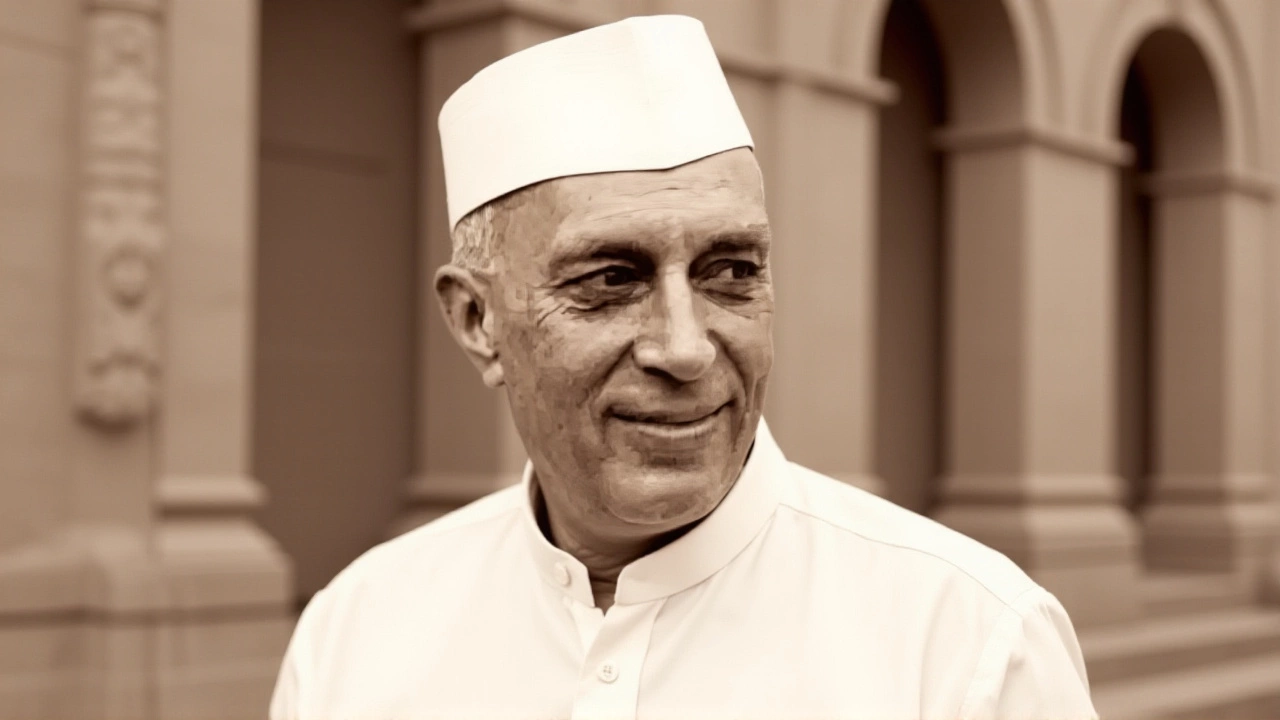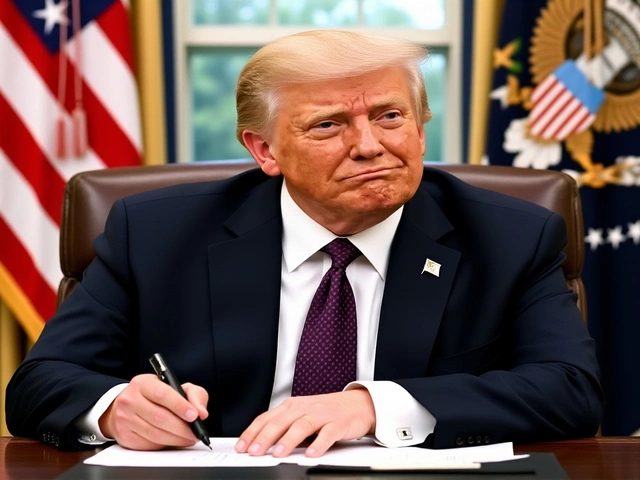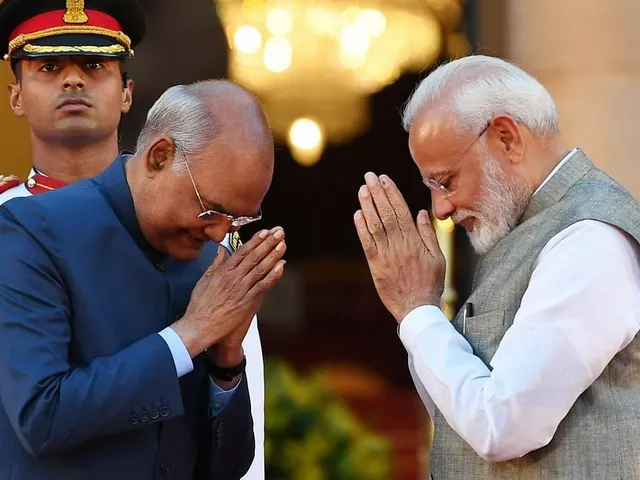Starting October 27, 2025, children across Sonipat will take center stage in a vibrant five-day cultural festival organized by the district administration to celebrate Children's Day—a day honoring India’s first Prime Minister, Jawaharlal Nehru, whose birth anniversary falls on November 14. The competitions, announced by Arti, District Child Welfare Officer of Sonipat, will run daily until October 31, turning schools and community centers into stages of creativity, talent, and patriotic pride. No venue has been officially named, but past events suggest the District Sports Stadium or Government College grounds will likely host the action.
What’s on the Schedule?
Each day brings a fresh mix of activities designed to engage children of all ages. On October 27, the festivities kick off with poster making, group dance, solo classical dance, solo singing, and rangoli competitions. The next day, October 28, adds on-the-spot sketching, clay modeling, and quiz bowls to the lineup. By October 29, the tone shifts slightly toward tradition and patriotism with patriotic group singing, thali poojan (plate worship), and kalash decoration contests—cultural rituals that tie childhood celebration to India’s spiritual roots. Separate fun games for boys and girls ensure every child gets a chance to play, not just perform.
The final two days, October 30 and 31, ramp up the drama. Fancy dress, best dramatist contests, and English and Hindi writing competitions give kids a voice—not just through movement or color, but through words. The inclusion of bilingual writing is especially telling: it’s not just about talent, but about language pride, literacy, and the dual identity many Indian children navigate daily.
Why This Matters
While Children’s Day is observed nationwide, Sonipat’s approach stands out for its scale and structure. Unlike many districts that hold a single-day event, this five-day marathon suggests a serious investment in child development—not as an afterthought, but as a core civic priority. The range of activities—from classical dance to clay modeling—signals an understanding that creativity isn’t monolithic. A child who can’t sing might excel at sketching. One who’s shy on stage might thrive in a writing competition. The organizers, by offering so many avenues, are saying: There’s a place for you here.
And yet, the silence around logistics is striking. No mention of registration deadlines. No age brackets. No list of participating schools. No prize details. Even the announcement, issued by the Samvad News Agency under code ‘snp1003-143444-2025-10-08’, feels like a draft—official in tone, incomplete in detail. That’s not just an oversight. It’s a missed opportunity to build community trust.
Who’s Behind It?
Arti, as Arti, District Child Welfare Officer, is the public face of this initiative. Her role, known locally as Jila Bal Kalyan Adhikari, places her at the intersection of policy and grassroots impact. She doesn’t just oversee welfare schemes—she’s expected to make them visible, engaging, and inclusive. This schedule reflects that mandate. But without clear communication channels for parents and teachers, the success of these events hinges on word-of-mouth—and in a district of over 1.8 million people, that’s a gamble.
The fact that the announcement appeared on Amar Ujala’s Haryana portal—with two ad blocks interrupting the text—also speaks volumes. In an era where local news is increasingly commercialized, the line between public service and paid promotion blurs. Were these competitions funded by the district? Or is corporate sponsorship quietly shaping the agenda? The article doesn’t say.
What’s Missing—and Why It Counts
Every year, Indian districts celebrate Children’s Day. But few go to the trouble of listing every single competition, in both Hindi and English, with transliterations. That detail? It’s not just bureaucratic. It’s inclusive. It says: We’re making this for everyone—even the parents who don’t speak Hindi fluently, even the teachers who need to explain it to non-native speakers.
What’s missing, though, is the human layer. Where are the children’s voices? Are there testimonials from last year’s winners? What did the clay modelers create? Who won the thali poojan contest? Without those stories, this becomes a checklist, not a celebration. And that’s the real risk: turning a day meant to honor childhood into another administrative box to tick.
What’s Next?
With the actual Children’s Day falling on November 14, 2025, and no official event listed for that date, it’s clear the district has chosen to make the lead-up the main event. That’s smart—more days mean more participation. But now, the pressure is on the administration to follow through. Will they publish photos? Will they announce winners? Will they share videos of the solo classical dancers or the best dramatist performances?
If they do, this could become a model for other districts. If they don’t, it’ll fade into the background like so many other well-intentioned programs.
Frequently Asked Questions
Who can participate in the Sonipat Children’s Day competitions?
The announcement doesn’t specify age groups or school eligibility, but based on past years, participants are typically students from government and private schools across Sonipat district, ranging from ages 6 to 18. Parents and teachers are expected to coordinate registrations through school authorities, though no official registration portal or deadline has been released yet.
Why are there separate fun games for boys and girls?
The separation appears to reflect traditional gender-based activity grouping common in Indian school events, though it’s increasingly debated. Organizers may intend to ensure comfort and participation, but critics argue it reinforces outdated norms. No official rationale was provided, and similar events in other districts are moving toward mixed-gender games to promote equality.
Are there prizes or certificates for winners?
The press release doesn’t mention prizes, trophies, or certificates. In previous years, Sonipat has awarded certificates and small gift hampers, but this year’s lack of detail raises questions. Without transparency, the motivational value of the event diminishes—even if participation itself is rewarding.
Why is thali poojan and kalash decoration part of a children’s event?
These rituals tie cultural heritage to childhood education. Thali poojan (worship of the ceremonial plate) and kalash decoration (ornamenting a sacred pot) are traditional Indian practices often taught to children to instill respect for customs. In Sonipat, they’re not religious observances but cultural exercises—part of a broader effort to root modern youth in local identity.
Will these competitions be streamed or documented?
No official plan for live streaming or documentation has been announced. Given the lack of digital outreach, families may need to attend in person. That’s a barrier for working parents or those living outside Sonipat city. A simple YouTube playlist or district website gallery could turn this into a lasting archive of child talent.
How does this compare to Children’s Day events in other Haryana districts?
Sonipat’s five-day format is unusually detailed. Most districts, like Karnal or Rohtak, hold one-day fairs with 3–5 activities. Sonipat’s breadth—spanning art, language, performance, and ritual—suggests either stronger funding or a more proactive child welfare department. Still, other districts often outperform it in digital visibility and parent engagement.






